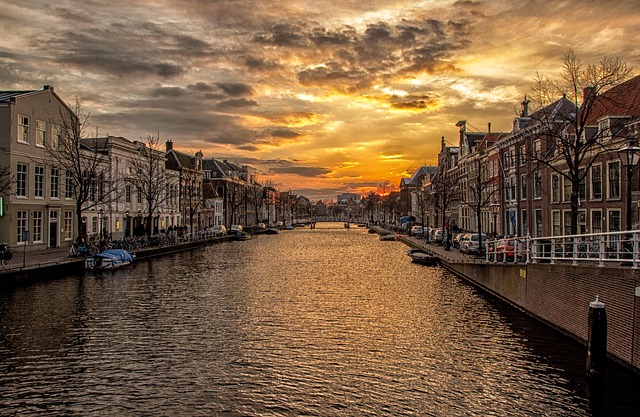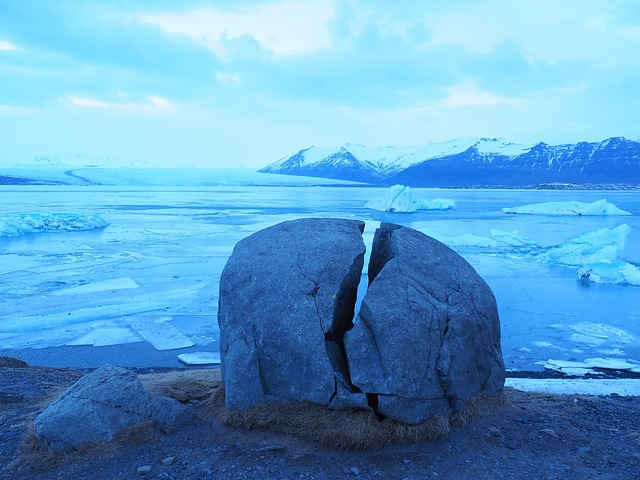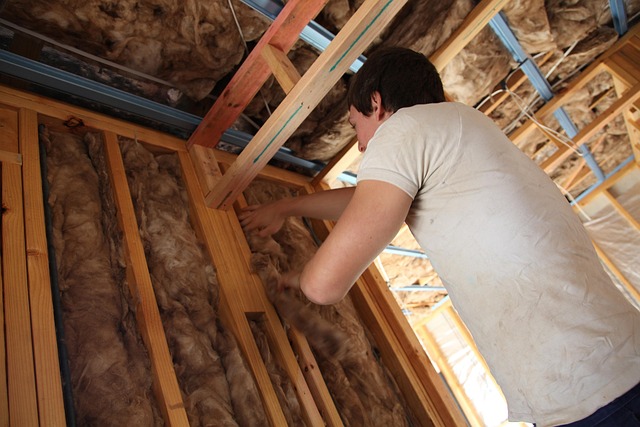The world is changing, and with it, the delicate balance of our environment is shifting in unprecedented ways. Among the many effects of climate change, one of the most poignant is the phenomenon of melting ice and the formation of meltwater channels. Each year, glaciers and ice sheets, once considered formidable barriers, are succumbing to rising temperatures, leading to a dramatic alteration of landscapes and ecosystems.
The formation of meltwater channels is a striking visual and environmental manifestation of climate change. As ice melts, it creates pathways that redirect water flow, influencing everything from local waterways to broader ocean currents. These channels serve as conduits for stored freshwater, which can significantly affect marine life and terrestrial ecosystems alike. The intricate dance between these channels and the environments they nourish brings both opportunity and challenge. They can rejuvenate ecosystems, creating new habitats for plants and animals, but they can also lead to erosion and the destabilization of existing landscapes.
In the Polar Regions, the impact of melting ice is felt acutely. The disappearance of ice not only affects global sea levels but also alters weather patterns far beyond these areas, influencing agricultural practices and water availability in many regions. As meltwater channels emerge, they serve as a reminder of the fragility of our ecosystems. Species adapting to these changes may thrive, but others face extinction as their habitats transform beyond recognition.
Moreover, the humanitarian implications are profound. Communities that rely on glaciers and ice for fresh water are increasingly finding their resources strained. The shift in water availability due to melting ice can lead to resource conflicts, migration, and increased poverty in vulnerable areas, highlighting the urgent need for global cooperation in tackling climate change.
As we explore the emerging landscapes shaped by meltwater channels, it’s crucial to reflect on our role in this evolving narrative. Understanding the science and the emotions tied to these changes can empower us to act. It’s not just an environmental issue; it’s a social justice issue, a call to action for communities worldwide to adapt, mitigate, and advocate for sustainable practices that can help us confront the realities of a warming planet.
Embracing innovation and sustainable practices can lead to a brighter future. From adopting renewable energy solutions to supporting policies that aim for carbon neutrality, each step can contribute to restoring balance. The earth speaks to us through its landscapes, its shifting ice, and the channels that form when it melts. As stewards of this planet, we have both the responsibility and the capacity to listen and respond to these changes, ensuring that future generations inherit a world where the beauty of nature thrives amidst climate challenges.



